The Catalan Opening is a very flexible opening that White can employ to gain a solid position before moving into the middlegame.
The Catalan Opening was created by Grandmaster Savielly Tartakower when he visited the city of Barcelona to participate in a tournament. At the tournament, he was asked to create an opening celebrating the region’s chess history, and that’s how the Catalan Opening came to be.
The Catalan is very suited to players who enjoy playing positional chess.
It starts with 1. d4 Nf6 2. c4 e6 3. g3.
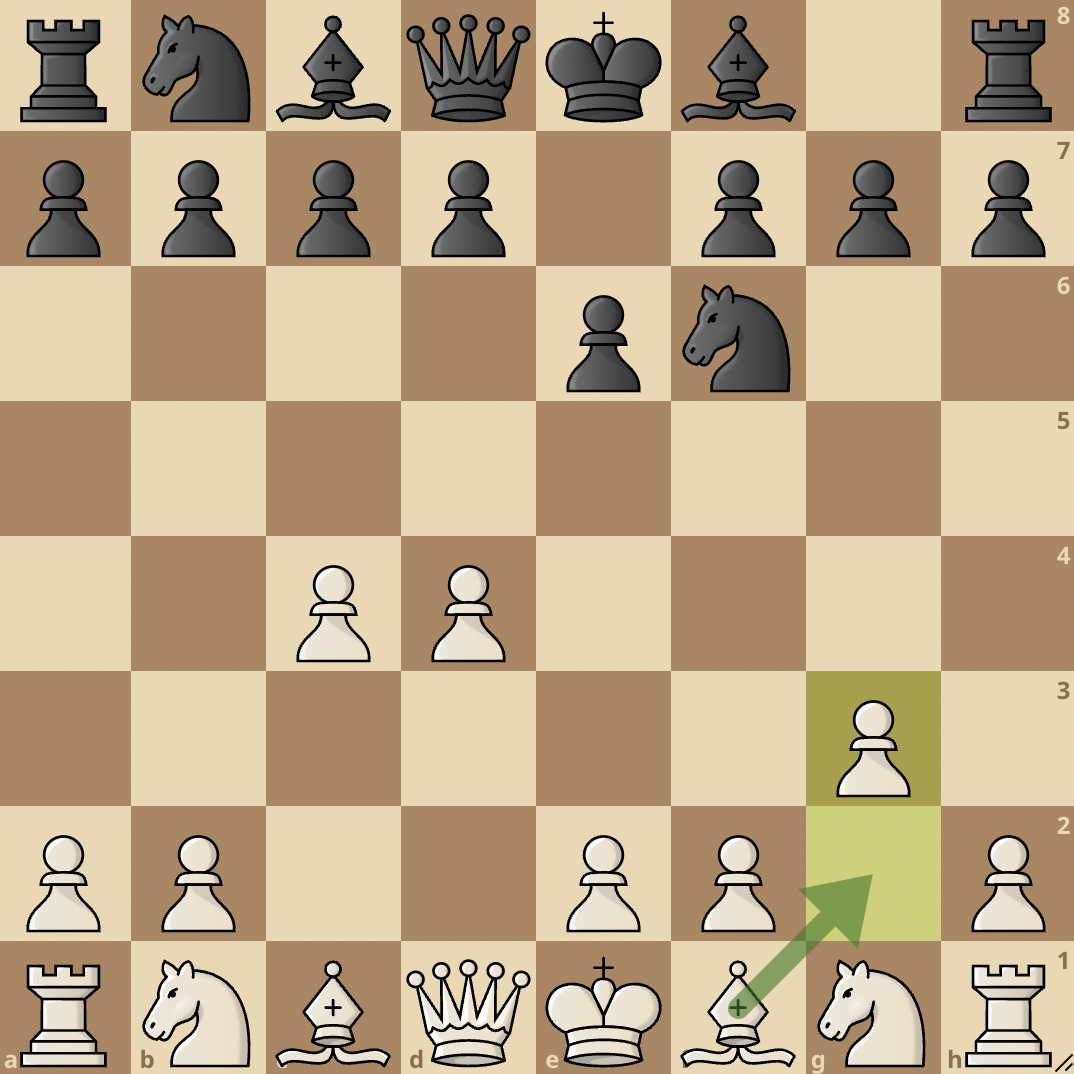
This setup allows White to maintain a flexible position. The Catalan Opening has two main variations, The Open Catalan and the Closed Catalan.
Open Catalan
1. d4 Nf6 2. c4 e6 3. g3 d5 4. Bg2 Be7 5. Nf3 0-0 6. 0-0 dxc4 7. Qc2
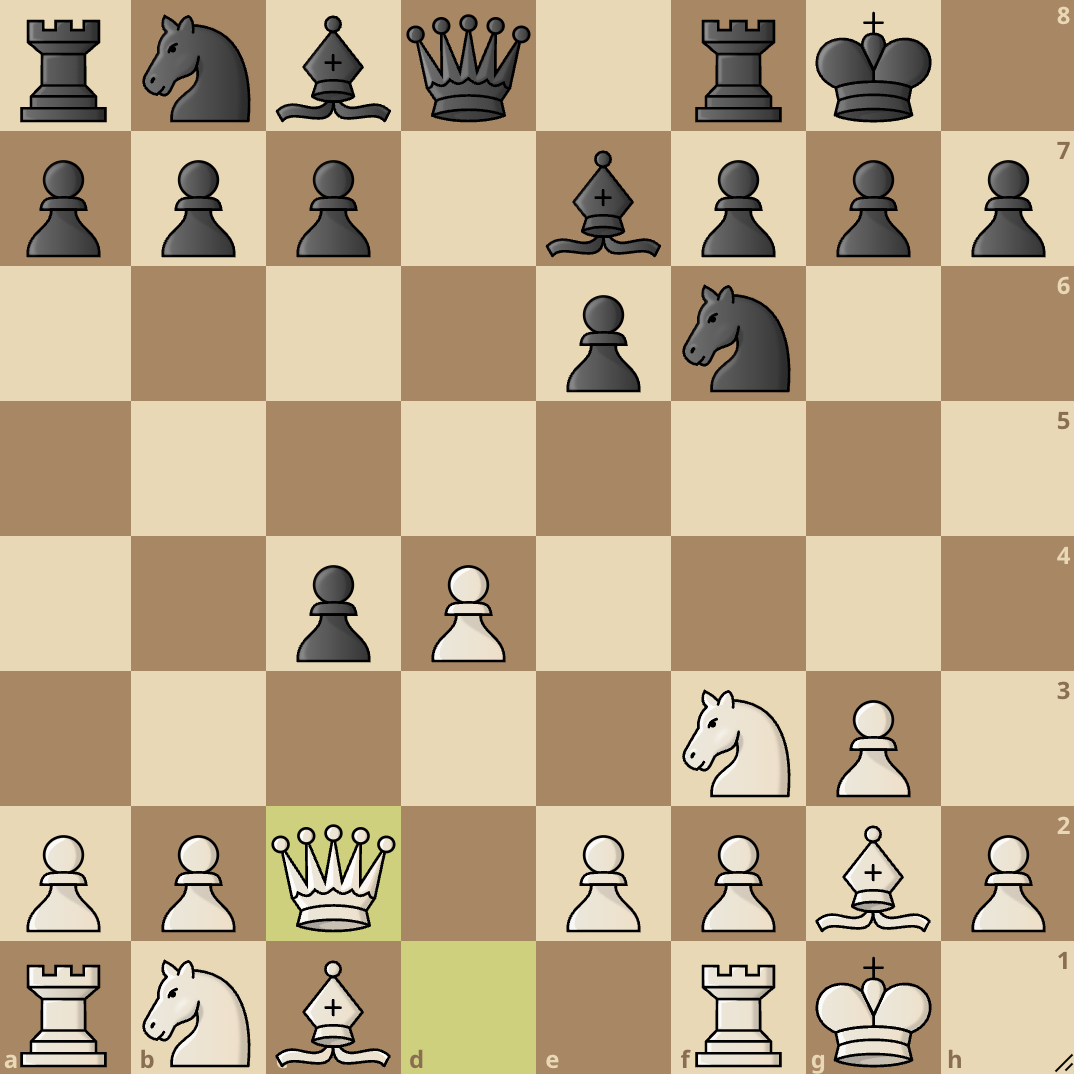
The Open Catalan starts with 1. d4 Nf6 2. c4 e6 3. g3 d5.
From this position, White continues by fianchettoing their bishop on the g2 square with 4. Bg2, Black also develops their bishop with 4…Be7.
White then develops their knight with 5. Nf3 and Black castles with 5…0-0. White also castles with 6. 0-0 and now Black plays 6…dxc4. By playing dxc4 and capturing the pawn, Black enters the Open Catalan.
After Black captures the pawn, White will continue with 7. Qc2. The Qc2 move looks to regain the pawn while also keeping an eye on the e4 square.
Black here has two choices: To continue development or protect the c4 pawn immediately. Let’s look at the two most popular moves in this position.
7…a6

By playing 7…a6, Black gives up the c4 pawn, however, if White does not act quickly, they plan on pushing b5 and solidifying the pawn.
Before capturing the pawn, White plays the precautionary 8…a4. This move stops the b5 expansion. Black then develops their bishop with 8…Bd7. White recaptures their pawn with 9. Qxc4 and Black plays 9…Bc6.
10. Bg5 comes and Black attacks the queen with 10…Bd5. White retreats with the queen by playing 11. Qc2 but Black attacks the queen once more with 11…Be4 and White moves 12. Qc1.
White’s plan in this variation is to exchange the bishop on g5 for the f6 knight, solidify their central pawn with e3, and start a kingside attack.
7…b5
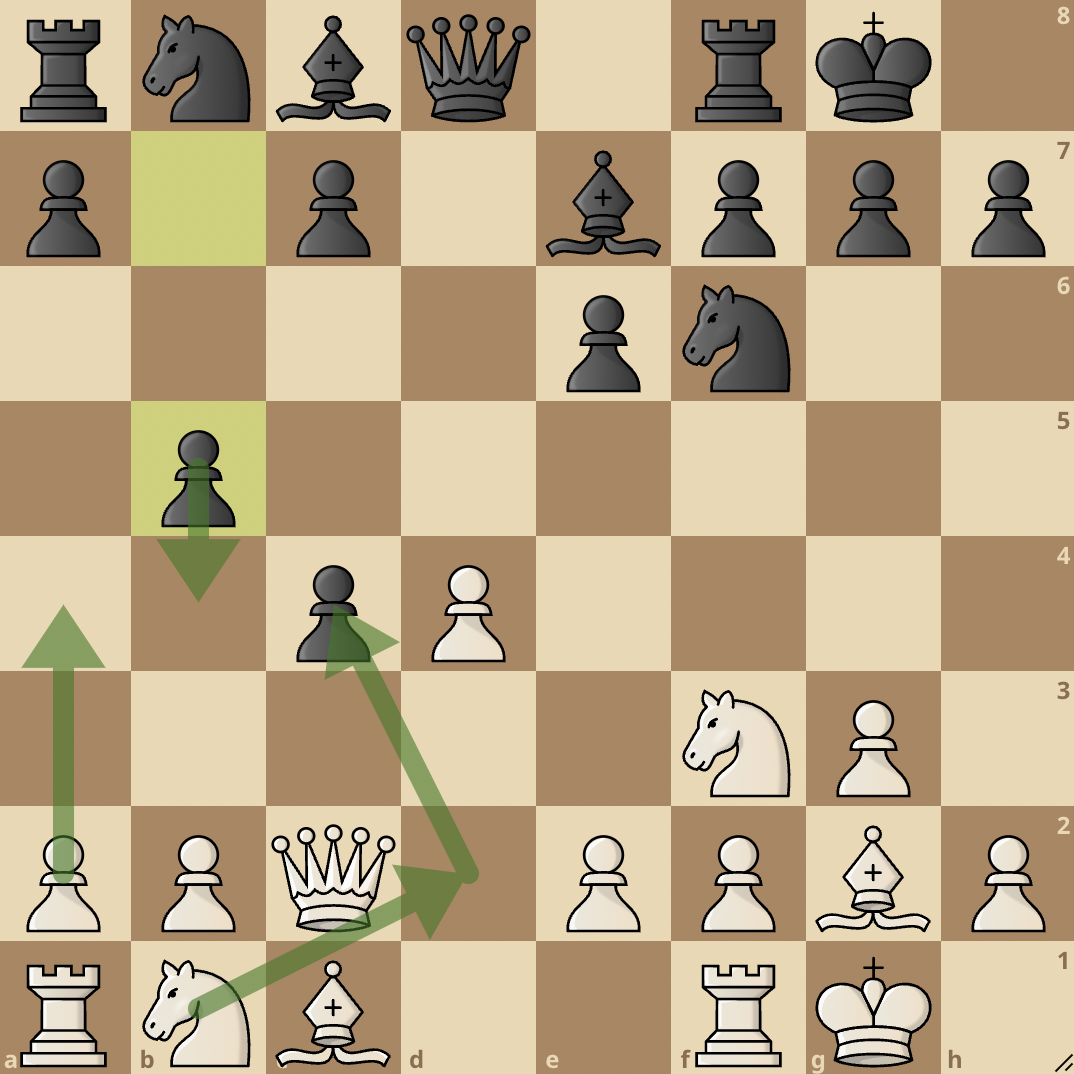
If after 7. Qc2, Black chooses to develop their pawn with 7…b5, White continues with 8. a4 and challenges the b5 pawn.
Black will advance their pawn with 8…b4 and after White plays 9. Nbd2, Black will reply with 9…Bb7 and White will recapture their pawn with 10. Nxc4.
White will look to consolidate their central control, develop their pieces, and look for winning chances.
Closed Catalan
In the closed Catalan, Black does not accept the offer of the c4 pawn, but rather, they look to keep everything solid and develop their pieces then castle.
The moves that characterize the closed Catalan are:
1. d4 Nf6 2. c4 e6 3. Nf3 d5 4. g3 Be7 5. Bg2 0-0 6. 0-0 c6.

From this position, White has two options, they can play 7. Qc2 or 7. Nc3.
7. Qc2
By playing 7. Qc2, White guards the c4 pawn while simultaneously keeping an eye on the e4 square.
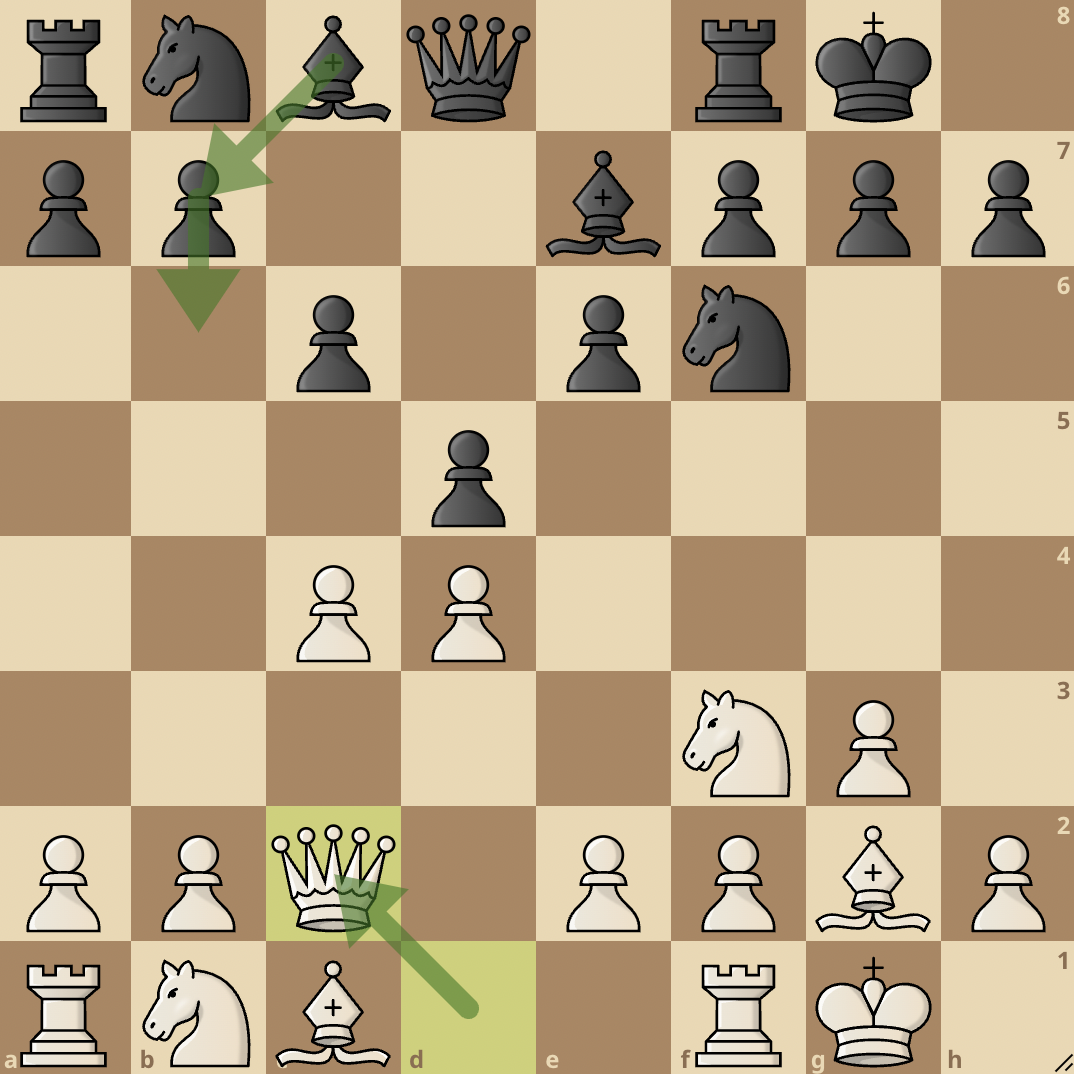
Black continues with 7. b6, preparing to fianchetto their light-squared bishop to counter White’s g2 bishop. White plays 8. Nbd2 and Black fianchettoes their bishop with 8…Bb7.
White now pushes 9. e4 and Black replies with 9…Na6. By playing Na6, Black is threatening to develop their knight to the b4 square and this will come with an attack on the white queen so White stops this with 10. a3.
Black now plays 10…c5, challenging the d4 pawn.
A couple of trades will happen with 11. exd5 exd5 12. dxc5 Nxc5. White will now expand with 13. b4, fianchetto their other bishop and look to gain an advantage.

While Black’s position is solid, White will find this position easy to play.
7. Nc3

In the Closed Catalan, White may also decide to go for the 7. Nc3 line.
While it seems that Black can capture the c4 pawn, they really cannot as after Ne5, White will capture the pawn and have a better position. Black will not be able to play b5 as the c6 pawn would fall.
So after Nc3, Black plays 7…Nbd7 and White plays 8. Qd3, preparing to push e4. Black plays 8…b6 and White pushes 9. e4.
Black now plays 9…Ba6, pinning the c4 pawn to the queen and looking to capture it. To stop this, White plays 10. b3. Black plays 10…dxc4, White recaptures with 11. bxc4 and Black plays 11…e5.
From here, White can choose how they want the game to go. The game can take a chaotic turn after 12. dxe5 Ng4 13. Bf4 g5.

Here Black just goes all out and White has to be very careful.
If White is not up for the craziness that arises after 12. dxe5, they can play the simple 12. Rd1 and have a calm game.
Successful Deployments
The Catalan Opening is an excellent option for players who love positional games that do not involve too many complications.
To further understand how the opening works, we will now go through some games where the Catalan Opening was successfully deployed.
Touch the moves or move the board around for a better interactive experience.
Vladimir Kramnik v Alexander Morozevich, World Championship Tournament 2007
In 2007, Vladimir Kramnik and Alexander Morozevich clashed in the World Championship Tournament. Kramnik would employ an interesting variation of the Catalan to defeat Alexander Morozevich.
Boris Gelfand v Levon Aronian, 16th Amber Tournament (Blindfold) (2007)
Gelfand and Aronian clashed in a very exciting blindfold tournament held in 2007. The players would go for the Closed Catalan and after some clever play, Gelfand would take the win.
Zoltan Ribli v Anatoly Karpov, Amsterdam IBM 1980
Anatoly Karpov, one of the legends of the game would be in for a surprise at a tournament held at Amsterdam in 1980 as Zoltan Ribli would employ the Catalan Opening to get a win over the former world champion.



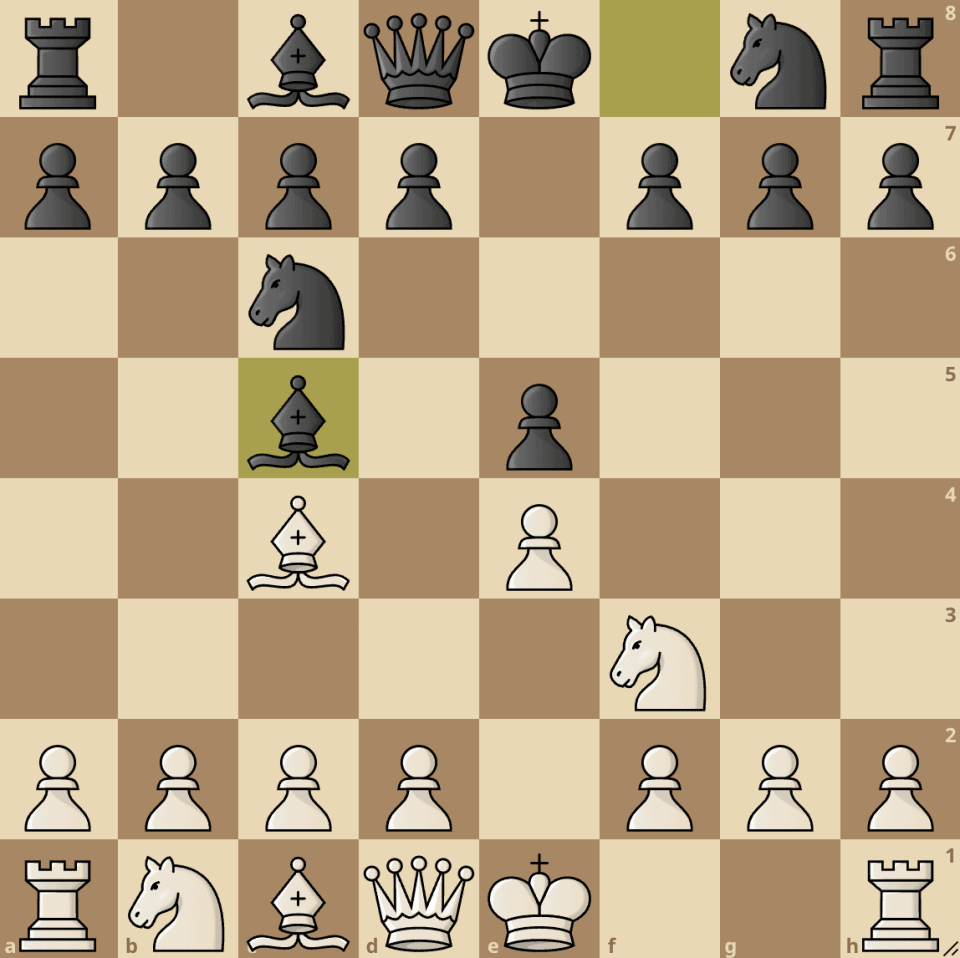

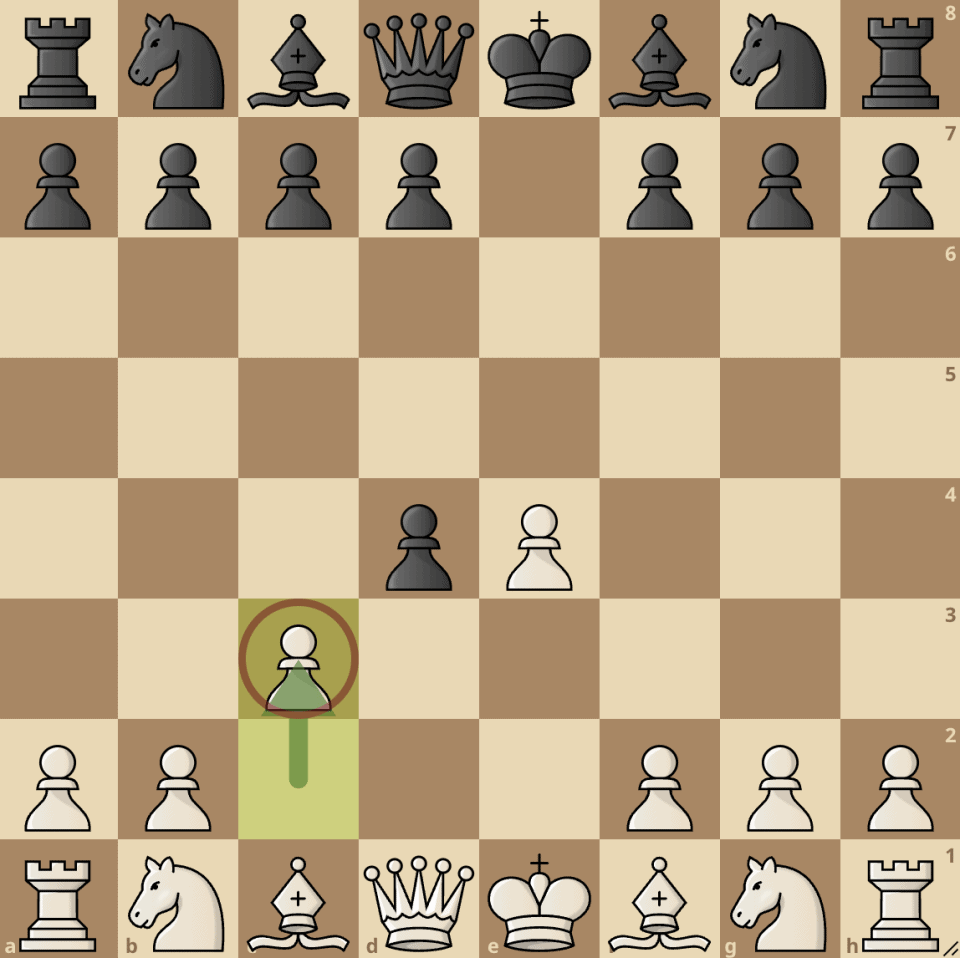
join the conversation